The International High-Level Conference on Glacier Conservation, organized within the framework of the International Year of Glacier Conservation, proclaimed by the UN General Assembly on the initiative of Tajikistan, began its work in the capital of Tajikistan.
The conference, which opened on May 29 at the National Library of Tajikistan, brought together representatives of more than 30 countries, international and regional organizations, leading scientists, environmentalists, and experts in the field of climate change and water resources. The event was organized with the support of UN agencies and international partners.
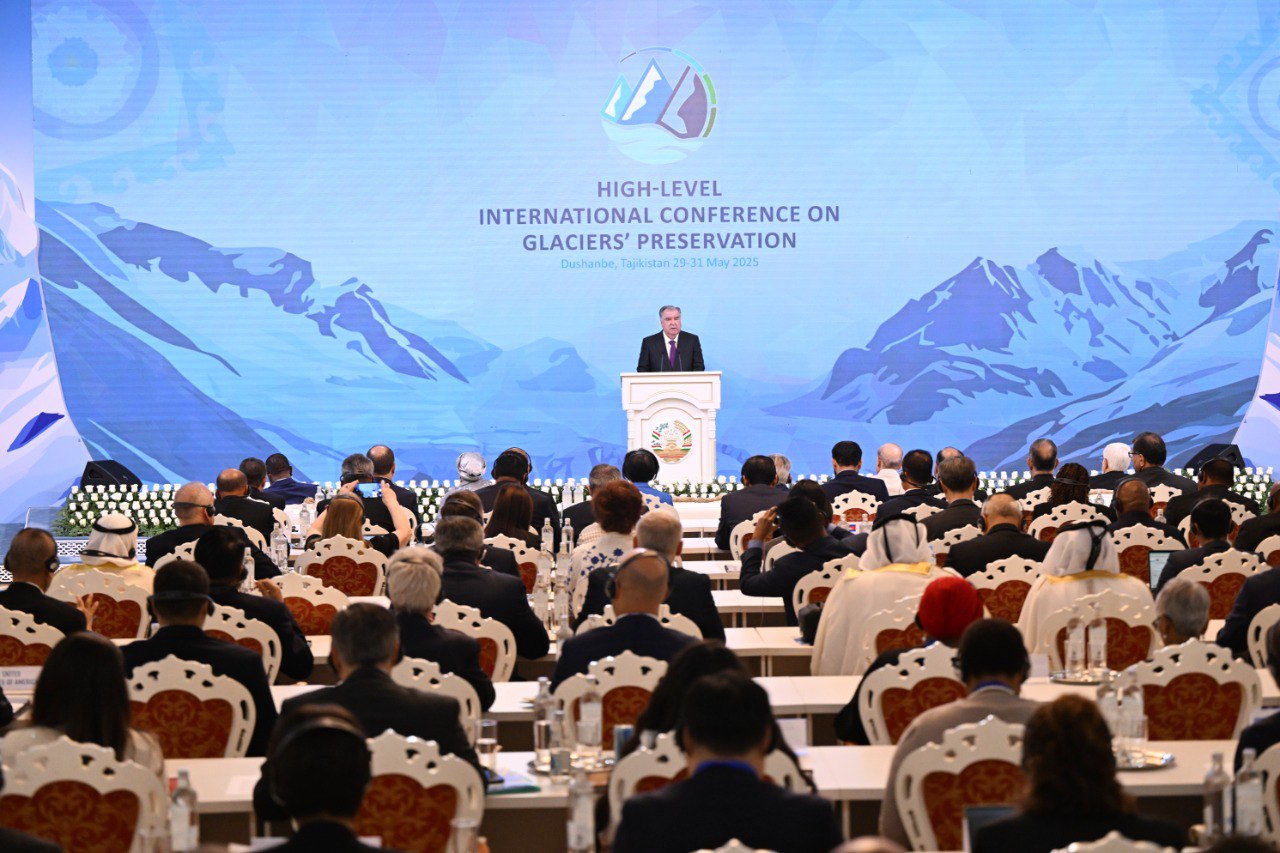
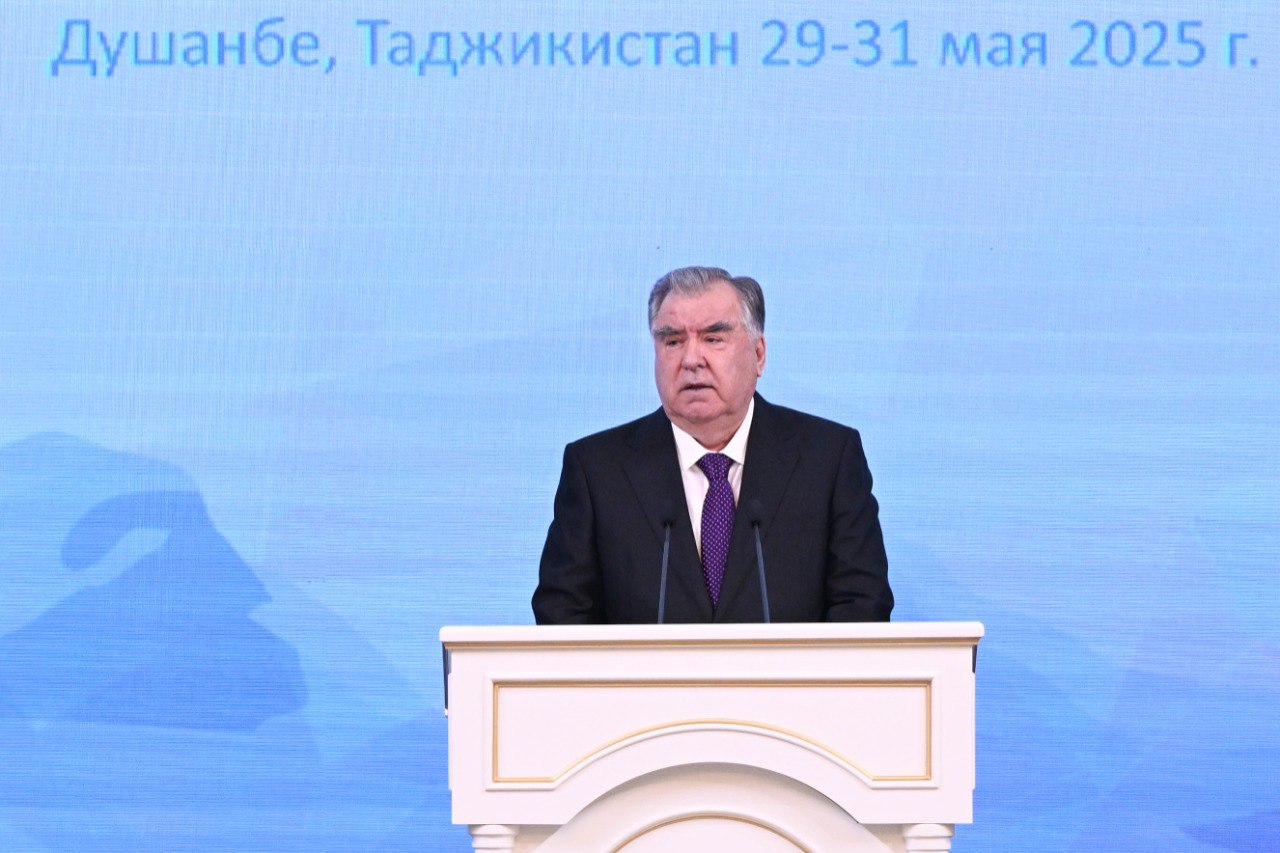
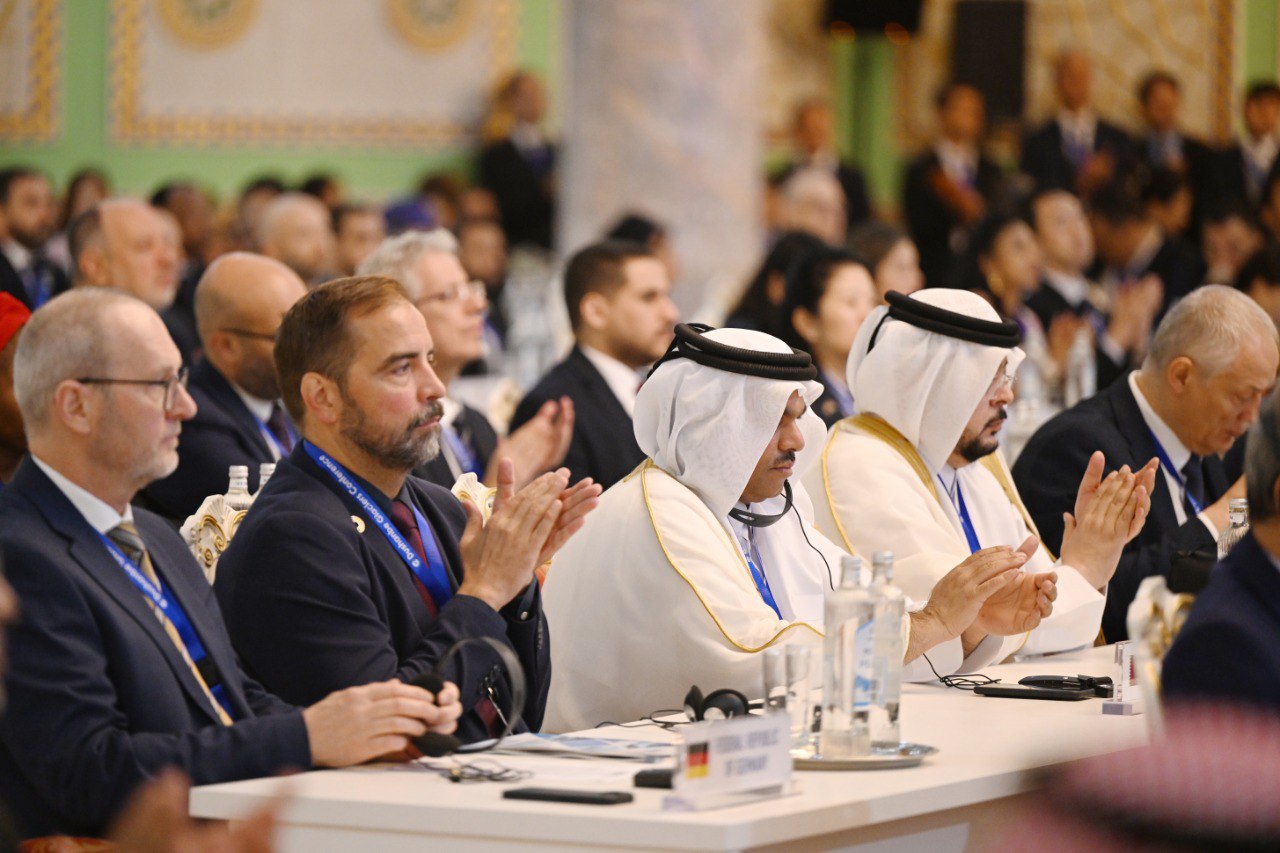
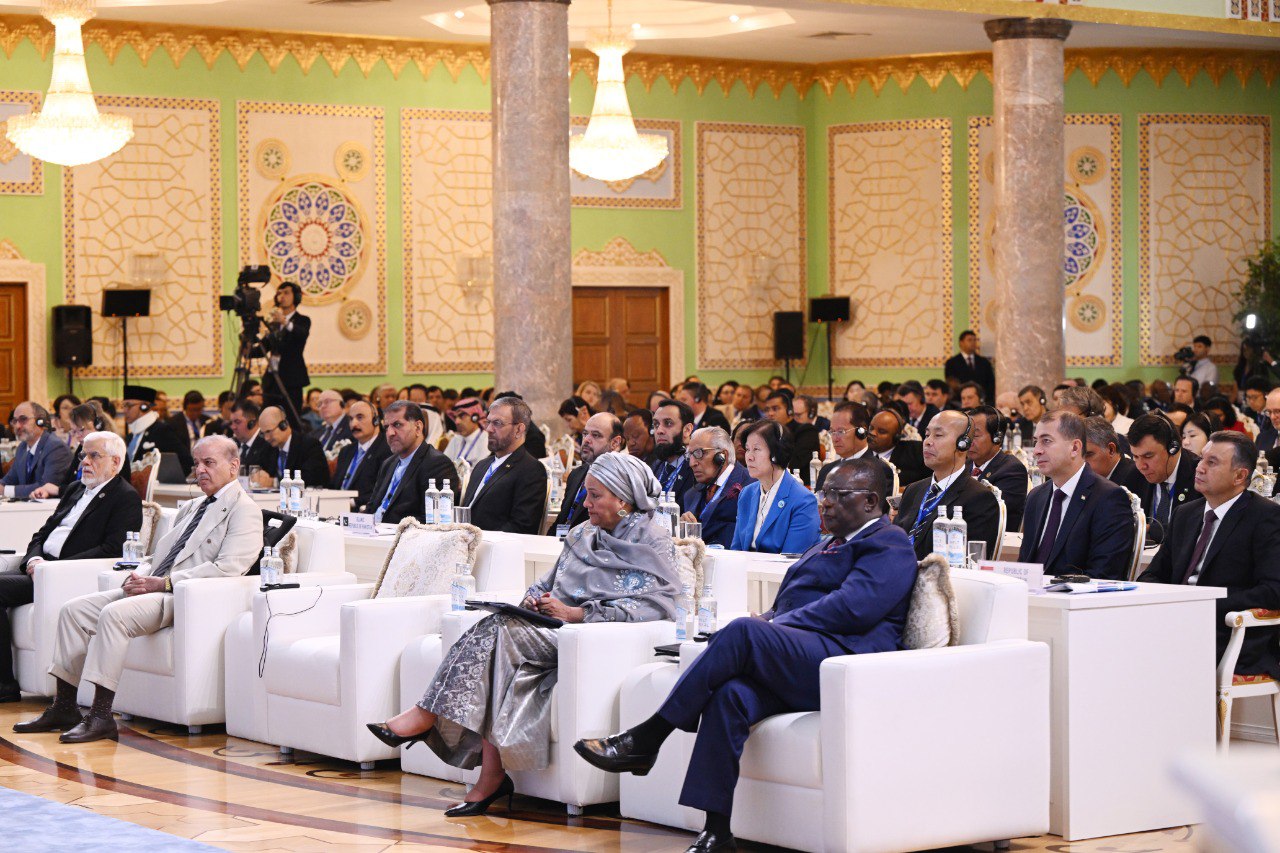
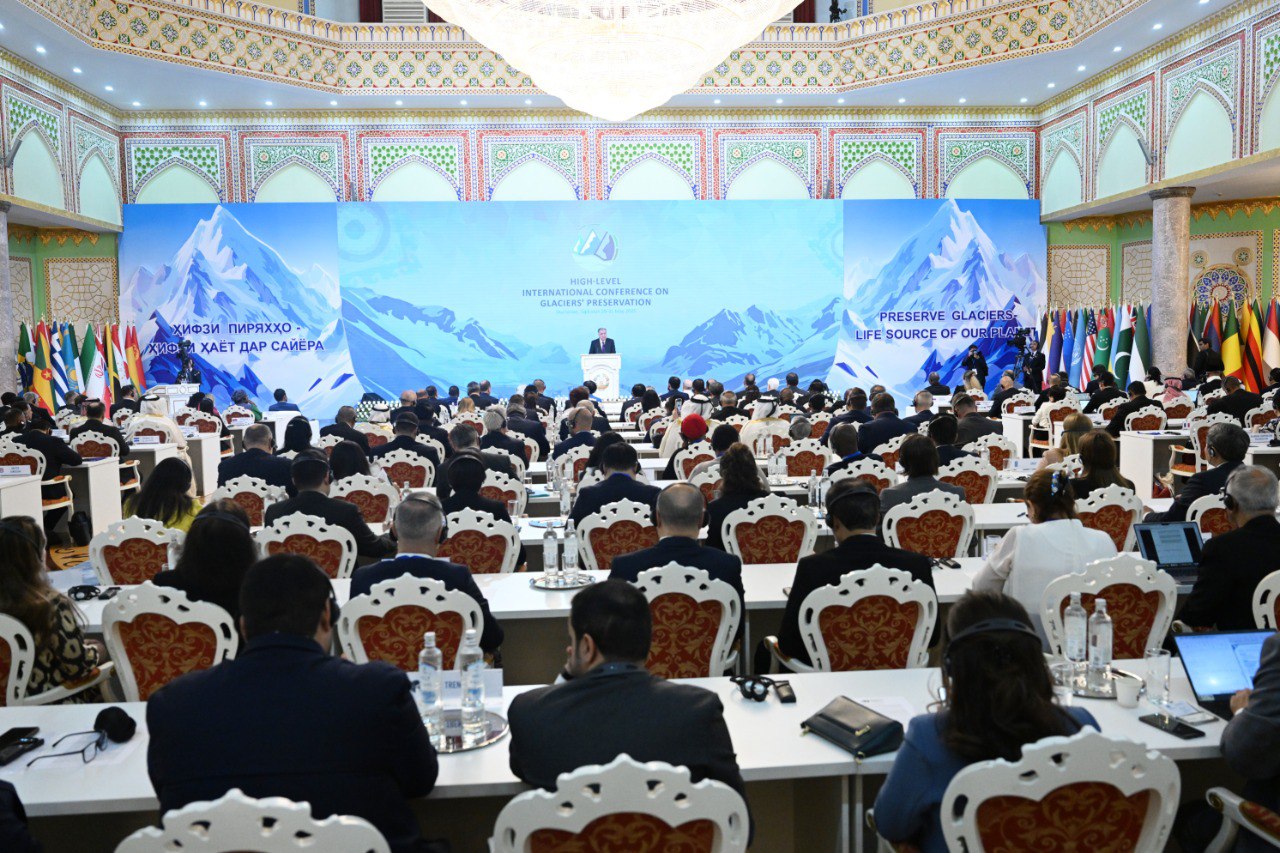
The President of Tajikistan Emomali Rahmon addressed the forum participants with a welcoming speech. The head of state emphasized that over the past hundred years, the country has lost about 30% of its glaciers, and according to experts, by the end of the 21st century this figure could reach 75%. According to him, given that glaciers provide up to 60% of the region's water flow, their disappearance could lead to severe environmental, social and economic consequences not only for Central Asia, but also beyond its borders.
“We call on the international community to join efforts to preserve glaciers as a strategic source of fresh water and to create an International Trust Fund, which will become an effective instrument for financing relevant programs,” said Emomali Rahmon.

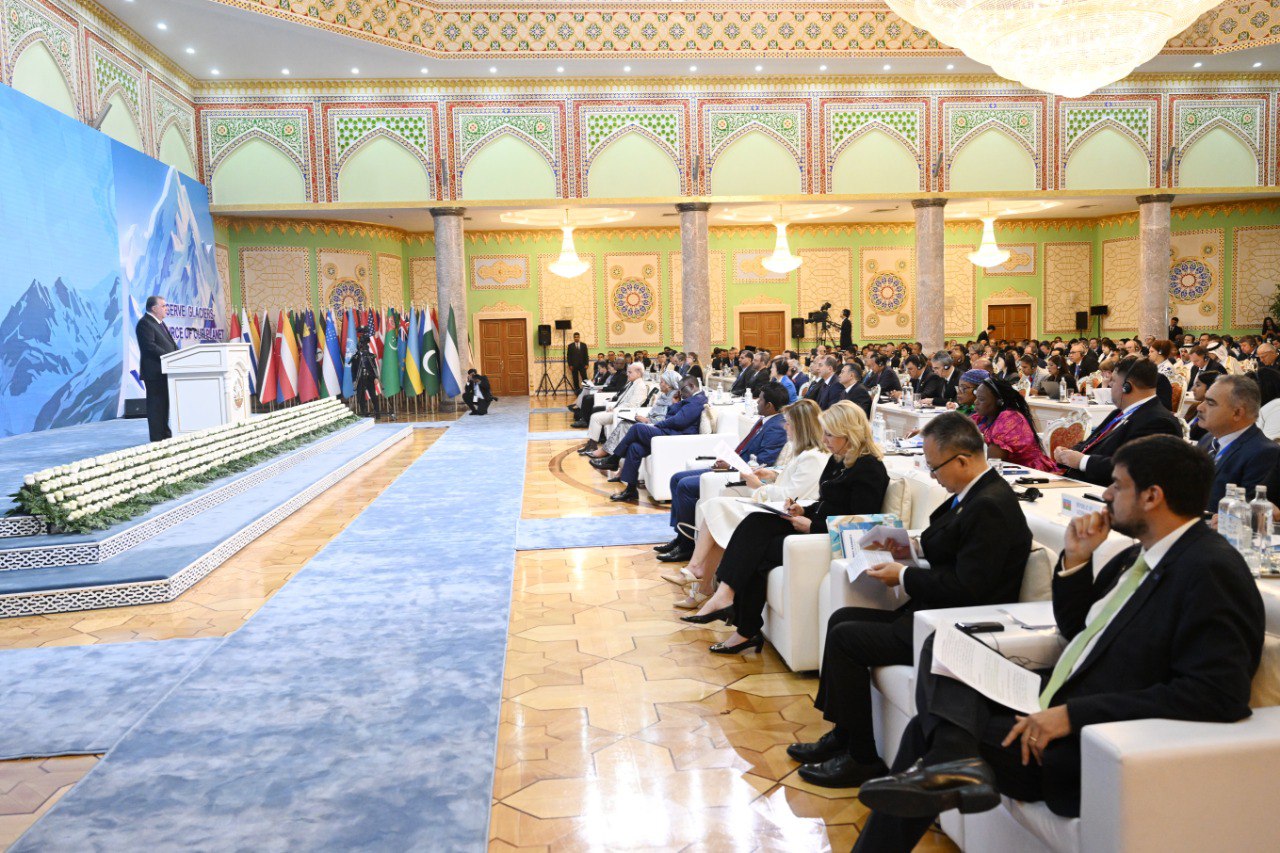


The conference will address issues of glacier monitoring, adaptation to climate change, and the use of scientific achievements and technologies to slow down glacier degradation processes. Particular attention will be paid to issues of international partnership and sustainable development of mountainous areas.
Following the conference, which will last until May 31, it is planned to adopt the Dushanbe Declaration, a political document reflecting the collective commitment of states to strengthening global cooperation in the field of glacier protection and adaptation to climate change.






































